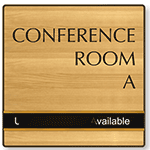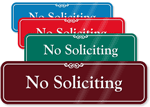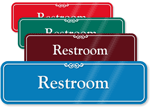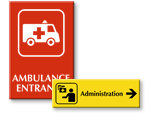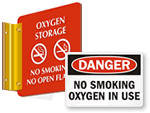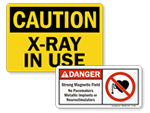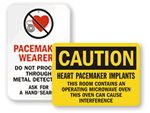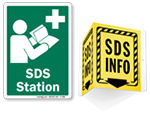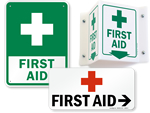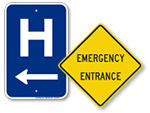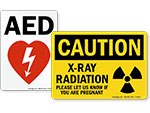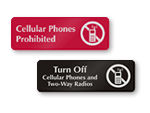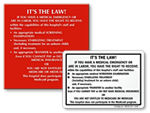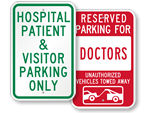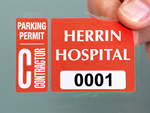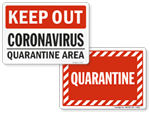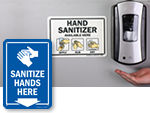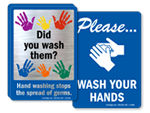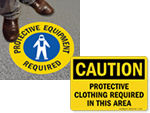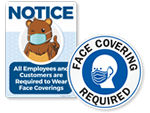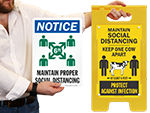A.
Depending on your state and locality, there can be different laws and regulations that hospital signage needs to comply with, with ADA being on the top.
Federal & ADA hospital signage requirements
Among the many ,some are reserved for hospitals too. Interior and exterior signs identifying permanent rooms and spaces shall comply with ADA. It is imperative that hallways, doors, entrances, exits, and machines are sufficiently marked, and directions are posted on signage for all of them in accordance with the ADA.
Patient Advocacy, Financial Assistance Signage Requirements
Almost every state requires hospitals to post signs notifying patients that the facility is licensed and comply with state laws to protect patient advocacy. Information about patients, their confidentiality, and the available services form a part of hospital signage requirements. Signs that detail the rights and compensation for crime victims, interpreter availability, availability of nurse staff, and financial assistance are often required, if not expected.
Wayfinding Signage
Hospitals are also expected to post Hospital Wayfinding Signs, wherever required, to help first-time visitors navigate your facility without any ambiguity. Ensure these directional signs are easy to understand, floor directories are easy to read, and patient room content is simple.



